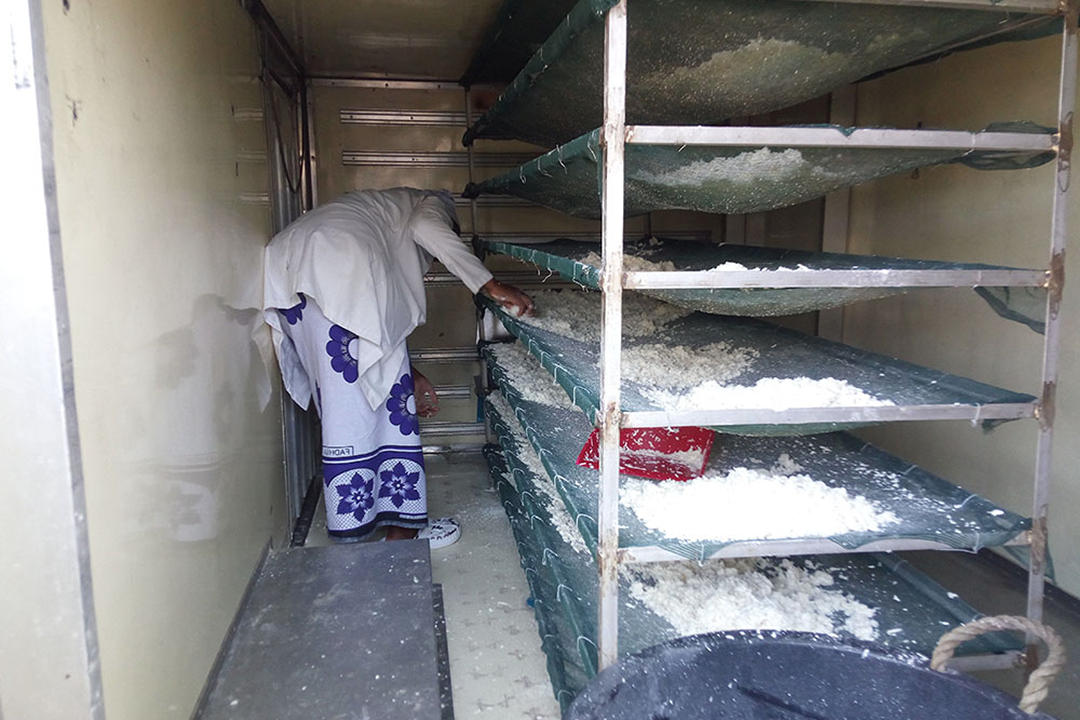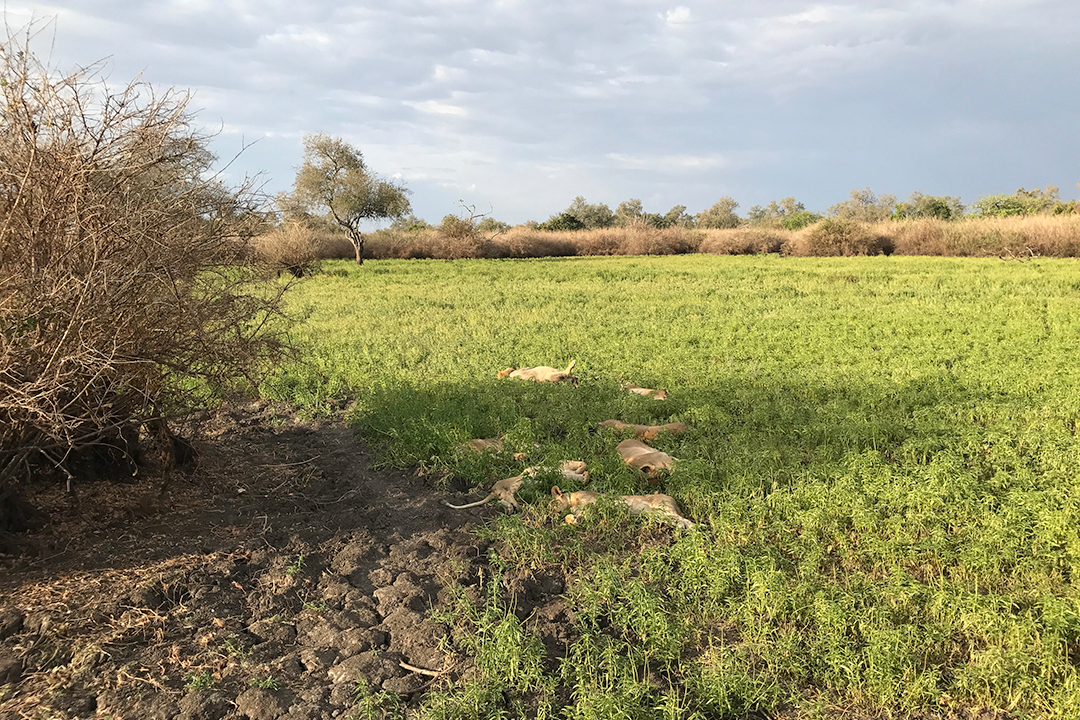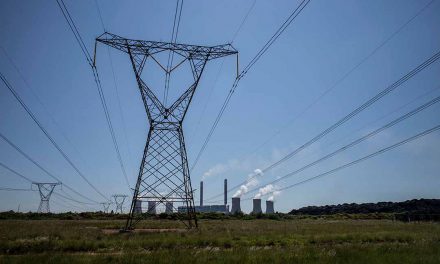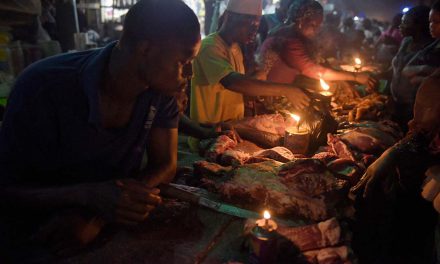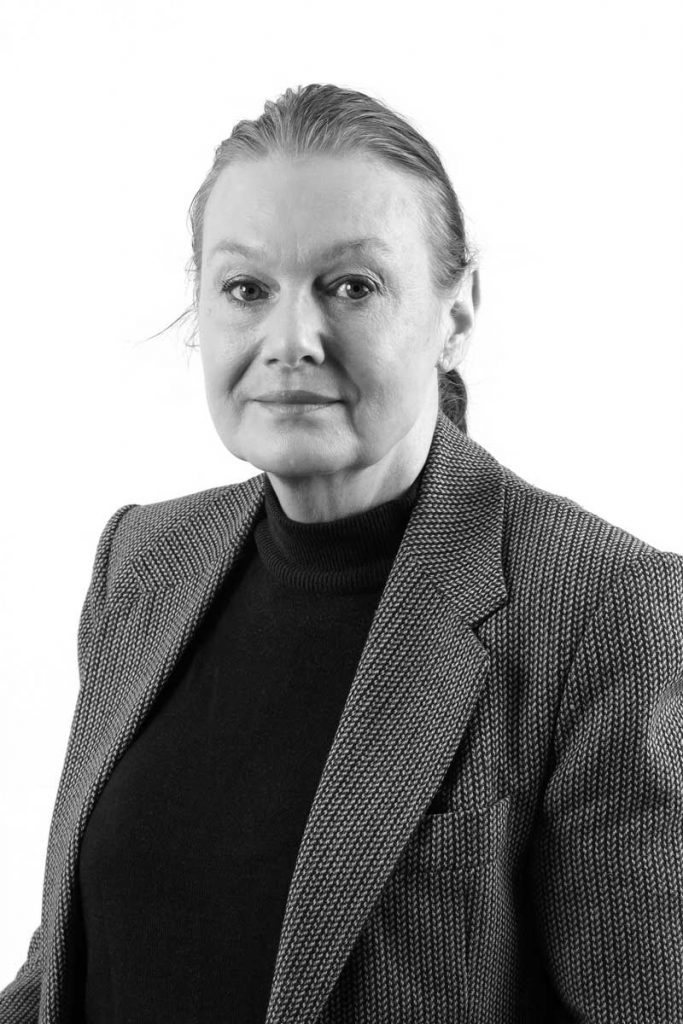 The figures are staggering. Six hundred million Africans have no access to electricity, making up 75% of the world’s 789 million people who live without electricity. The International Energy Agency (IEA) reported these figures in October 2020, warning that without considerable investment and workable policies, the continent will definitely not achieve the UN’s Sustainable Development goal (SDG) 7, which aims to ensure that everyone has access to affordable, reliable and sustainable energy by 2030.
The figures are staggering. Six hundred million Africans have no access to electricity, making up 75% of the world’s 789 million people who live without electricity. The International Energy Agency (IEA) reported these figures in October 2020, warning that without considerable investment and workable policies, the continent will definitely not achieve the UN’s Sustainable Development goal (SDG) 7, which aims to ensure that everyone has access to affordable, reliable and sustainable energy by 2030.
Africa’s energy deficit (to use a euphemism), which is most apparent in sub-Saharan Africa, impacts on every area of people’s lives and is a serious impediment to the continent reaching its development goals, even the longer term Agenda 2063 set by the African Union itself.
Lack of access, affordability and reliability; all three briefly describe Africa’s difficulty in keeping the lights on. The reasons why are many and complex: policy uncertainty, unstable macroeconomic policies, weak legal systems, political instability, a lack of investment, corruption, climate change, and a lack of coherent power sector planning. Governments also insist on pursuing large, hugely expensive but unsustainable infrastructural vanity projects that pollute the environment and look increasingly obsolete in the face of advances made in more affordable and efficient renewable energy. Sub-Saharan Africa’s geography is a factor, too; national grids are often simply unable to offer access to remote rural areas.
The issues raised above are just some of the obstacles bedevilling efforts by African countries to provide power to their people. This issue of Africa in Fact seeks to highlight why, in the third decade of the 21st century, 600 million people on the continent are still without access to electricity and what can – and should – be done to remedy this deficit.
In the opening article, Ini Ekott points out that solving Africa’s energy problem requires proper funding and policy adjustment, and that off-grid renewable projects, like solar, are the future; they are cheaper and do not require expensive connections to the national grid. It is ironic, he notes, that despite having more solar resources than any other region in the world, Africa has only five gigawatts of solar photovoltaics – less than 1% of installed global capacity.
Nick Branson looks at the role of regional integration in overhauling Africa’s energy infrastructure. Regional cooperation, he says, has the potential to increase market size, making projects more likely to attract foreign investment, enable countries to share surpluses with neighbours, which would make supply more stable and help drive down costs for consumers. He also looks at the power pools already created, such as the Southern Africa Power Pool (SAPP) and the West African Power Pool (WAPP), and unpacks why failings of legal, regulatory and institutional frameworks have led to mixed results.
Interrogating why Africa’s energy sector has battled to enter into cost saving public-private partnerships (PPPs), Fisayo Alo and Eniayo Ibirogba say these have the potential to solve Africa’s profound infrastructure and service deficits. Efforts, however, have been limited due to an inability to guarantee investor funds, capacity gaps and few or no regulatory frameworks. PPPs must be protected from fraud and corruption, which are endemic in many African countries, they write.
Dianna Games sets out to explain why, 15 years after Nigeria began a privatisation process, it is still one of the most underpowered countries in the world. A flawed privatisation process, including decrepit infrastructural assets, unrealistically low tariffs and a culture of non-payment among citizens fed up with an erratic supply and unreliable billing, means Nigeria has some tough decisions to make towards a functional energy sector.
Unreliable supply is one reason Nigerians spend $14 billion a year on fuel and generators, writes Amindeh Blaise Atabong, quoting the African Development Bank. As he notes, a reliable electricity supply is key for the functioning of any modern economy. But costly back-up generators are virtually essential for running an enterprise in sub-Saharan Africa, making businesses uncompetitive and distorting the cost of doing business (a 2015 McKinsey report on the African energy sector noted that generator power was on average four times the price of grid power – and would still be two to three times expensive if grid power in some African countries reflected actual costs rather than benefiting from subsidies).
But there is a more immediate human cost to Africa’s energy deficit. Over reliance on generators and no access to electricity are health hazards.
As Barnabas Thondhlana writes, Africa’s rural poor are heavily reliant on biomass for cooking and heating, exposing them to high levels of pollutants. Fossil fuel-run generators are air and noise polluters, while the effects of indoor pollution, most often from charcoal and firewood, kills 600,000 sub-Saharans a year. There are other environmental consequences: firewood collection and the charcoal trade have led to devastating swathes of deforestation and environmental degradation.
In other articles, Ronak Gopaldas looks at the pros and cons of nuclear power for Africa, in the context of Russia’s aggressive wooing of African governments to commit to expensive nuclear deals. Egypt has already agreed to a $25 billion Russian loan to build its first nuclear plant. Water security expert Anthony Turton looks at tensions between Ethiopia and Egypt over the former’s filling of its Grand Renaissance Dam on the Blue Nile. However, contrary to outgoing US President Donald Trump’s recent suggestion that Egypt could “blow up” the dam, Turton proposes a benefit sharing network that shifts water, energy and food security from a national to a regional level.
Meanwhile, Ross Harvey’s article on Tanzania’s Stiegler’s Gorge hydropower project in Nyerere National Park, and Grace Wu and Ranjit Deshmukh’s assessment of Democratic Republic of Congo’s Inga 3 dam system, both reveal that the jury is out over the long-term feasibility of legacy megaprojects, given the global move towards cheaper, sustainable options.
All the articles in this issue of AIF emphasise the enormous effort and political will required to power up Africa, but it would be wrong to suggest no progress is being made. Wind and solar power projects across sub-Saharan Africa are proving a viable element of the energy mix, particularly in rural communities, as illustrated by on-the-ground reporting from contributors Munyaradzi Makoni and Blamé Ekoue. Meanwhile, writes Justus Wanzala from Kenya, real efforts are being made across Africa to develop and distribute carbon neutral, affordable alternatives to charcoal and firewood for domestic and commercial use.
Finally, Joe Walsh’s article suggests that instead of trying to get everyone onto national grids via projects like Inga with their inevitable financial, political and logistical problems, there’s room for decentralised, renewable energy mini and micro-grids where geographically and economically appropriate. It is in this context that it is worth highlighting a June 2020 quote in Ini Ekott’s article from Damilola Ogunbiyi, the UN Secretary-General’s special representative for Sustainable Energy for All, who said: “There has never been a better time to invest in clean, efficient renewable energy. Countries that recover better [from COVID-19] with sustainable energy will see the pay off in the form of resilient economies, new jobs and faster energy development. By making this investment, African countries can develop a competitive advantage.”
Susan Russell is the editor of Good Governance Africa’s quarterly journal, Africa in Fact. She has worked in the media industry for more than 30 years as a journalist, editor, publisher, and as a general manager. Career highlights include several years working for Business Day and more than a decade as a reporter, editor and General Manager at the Sunday Times in Johannesburg.


